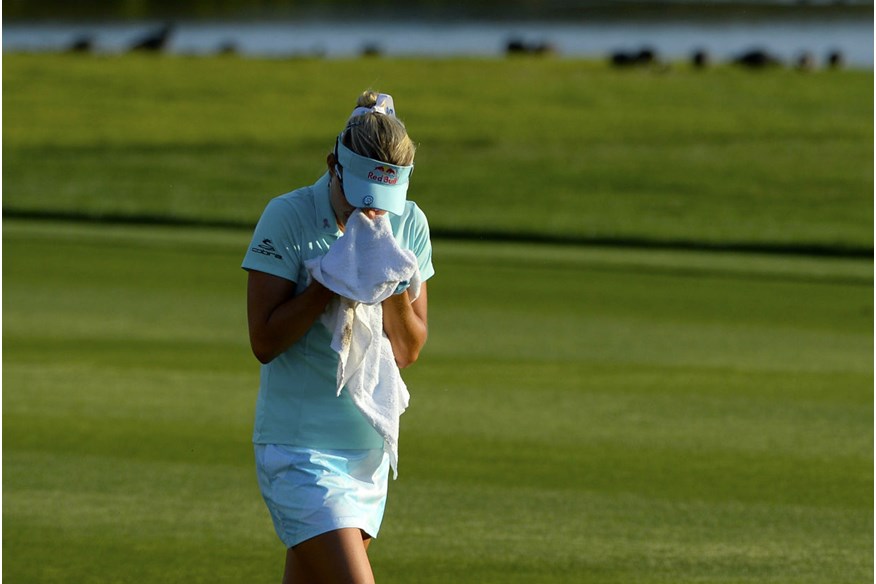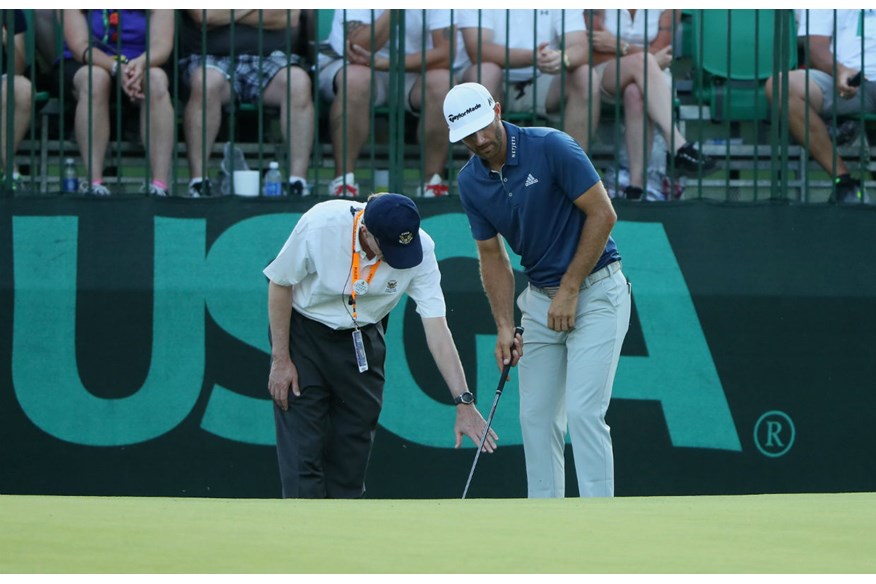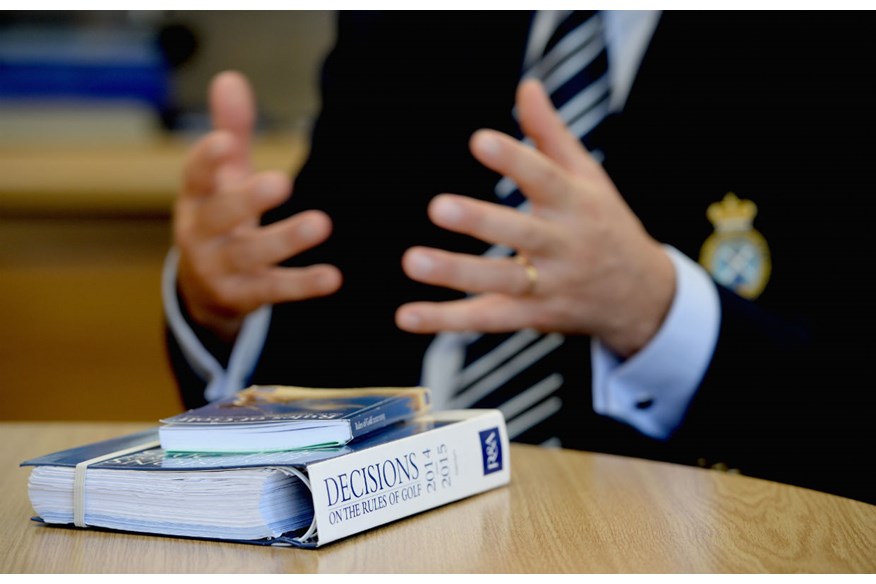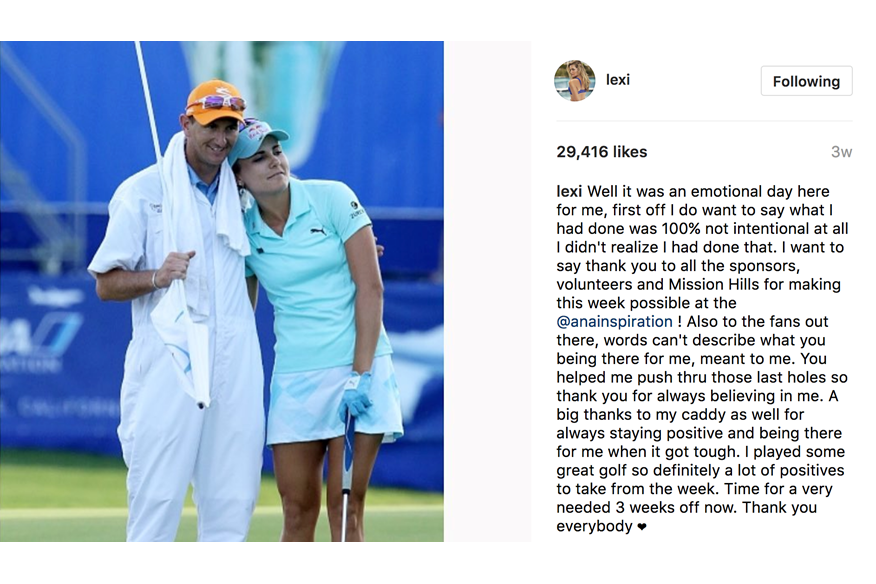R&A and USGA issue new rule on video evidence
Last updated:
The R&A and the USGA have issued a new Decision on the Rules of Golf to limit the use of video evidence in the game which takes effect immediately.
The new decision will implement two standards for Rules committees to limit use of video evidence, which outlines that as long as the committee believes the player has acted within the rules as can be viewed by the naked eye or within reasonable judgement, no retrospective action will now be taken – even if video evidence shows they have committed an offence.
The two organisations have also established a working group of LPGA, PGA Tour, European Tour, Ladies European Tour and PGA of America representatives to immediately begin a comprehensive review of broader video issues that arise in televised competitions, including viewer call-ins.
The New Rule: Decision 34-3/10
New Decision 34-3/10 implements two standards for Rules committees to limit the use of video:
1) when video reveals evidence that could not reasonably be seen with the “naked eye”
2) when players use their reasonable judgment to determine a specific location when applying the Rules.
The first standard states “the use of video technology can make it possible to identify things that could not be seen with the naked eye.” An example includes a player who unknowingly touches a few grains of sand in taking a backswing with a club in a bunker when making a stroke.
If the committee concludes that such facts could not reasonably have been seen with the naked eye and the player was not otherwise aware of the potential breach, the player will be deemed not to have breached the Rules, even when video technology shows otherwise. This extends the provision from ball at rest moved cases, which was introduced in 2014 (Decision 18/4).
The second standard applies when a player determines a spot, point, position, line, area, distance or other location in applying the Rules, and recognises that a player should not be held to the degree of precision that can sometimes be provided by video technology. Examples include determining the nearest point of relief, or replacing a lifted ball.
So long as the player does what can reasonably be expected under the circumstances to make an accurate determination, the player’s reasonable judgment will be accepted, even if later shown to be wrong by the use of video evidence.
However, Martin Slumbers, Chief Executive of The R&A, admits there is still work to be done. The new rule does not limit either video reviews or viewer call-ins in their entireity, and if a player is judged by the committee to have knowingly committed a breach (by still using video reviews) they will still be penalised in line with the old rules.
Slumbers said, “We have been considering the impact of video review on the game and feel it is important to introduce a Decision to give greater clarity in this area. Golf has always been a game of integrity and we want to ensure that the emphasis remains as much as possible on the reasonable judgment of the player rather than on what video technology can show.”
USGA Executive Director/CEO Mike Davis said, “This important first step provides officials with tools that can have a direct and positive impact on the game. We recognise there is more work to be done. Advancements in video technology are enhancing the viewing experience for fans but can also significantly affect the competition. We need to balance those advances with what is fair for all players when applying the Rules.”
So what about viewer call-ins and retrospective two-stroke scorecard penalties ?
Two of the most talked about issues recently have surrounded whether or not viewers should be allowed to call-in and make decisions, and whether penalties should be able to be awarded once scorecards have been signed and the day is over.
Lexi Thompson’s retrospective penalty in the Women’s first major of the 2017 was just the latest in several video-review penalty decisions, and she was affected by both of these rules – told only of her four-shot penalty during her fourth round the next day.

This new rule doesn’t eliminate either of these facets of the game, but Thomas Pagel, the USGA’s Senior Director of Rules, said that in terms of discussion – everything is on the table when it comes to an overhaul of the rules of golf.
“Everything about television call-ins is on the table, including should we take any at all,” Pagel said. “The Rules of Golf, and committees applying the Rules of Golf, currently treat all evidence as evidence, regardless of the source.”
“Should it be broken down so that evidence can only come from someone on the golf course versus someone off the golf course? Should the committee be the only ones who reveal fact through television? These are all questions if we were to react quickly and make a decision here, I’m not sure we would be fully aware of the consequences those outcomes. We might create even greater controversy than we’ve seen today.”
“The same applies to the question of the penalty for an incorrectly signed scorecard [after a penalty is retroactively assessed]. There’s a finality to scoring to when the competition is closed after the final round. Whether a similar finality could be applied at the close of every round is something that potentially will be discussed. Those questions are going to be the focus of the work group.”
Would Lexi Thompson have been penalised under the new rule?
The rules were set for a large overhaul to come in to force in January 2019, but given the recent event surrounding Lexi Thompson at the Women’s first major of the year, it was understandable the governing bodies decided to act sooner.
Lexi Thompson was penalised four shots at the ANA Inspiration when a viewer called in to notify the rules officials that she had incorrectly replaced her ball on a green during the third round. Thompson was told during the final round (when she was leading) that they had reviewed the footage and she was being penalised two shots for the offence, and two more for incorrectly signing for a wrong score.
While Thompson fought through tears and was eventually beaten in a play-off, the world of golf reacted strongly to the decision that viewers at home were allowed to alter the results.
So could the new rule have affected the outcome at the Women’s first major of 2017? Simply put, yes. The viewer would still have been able to call in, and the video footage still would have been reviewed, but as long as the committee judged she put her ball down in the wrong spot accidentally, there would have been no four-stroke penalty.
However, if they did deem she replaced her ball intentionally in the wrong place, the decision and penalty would have stood.
History of video technology impacting the game
Lexi Thompson’s rule was just the latest in a number of situations where the game was overshadowed by video reviews, penalties and disqualifications.
In the space of three weeks in 2011, Camilo Villegas and Padraig Harrington were both penalised after a viewer called in to notify each man had committed a breach of the rules – and as they had signed for those scores, both men were disqualified from their respective tournaments.
The rule subsequently changed, allowing viewers to call in but letting players continue in the tournament despite an incorrectly signed scorecard, rather than the fate incurred by Harrington and Villegas. But it did not stop there.

In 2013 a viewer called in as they had noticed Tiger Woods had incorrectly dropped his ball two yards further back then where he had originally hit after finding the water hazard at the Masters, but he was not awarded his penalty until the following morning.
Both Anna Nordqvist and Dustin Johnson also fell foul of controversies at the men’s and women’s U.S. Opens last year, where they were both assessed penalties after officials reviewed incidents recorded on television.
Nordqvist’s penalty, where she unintentionally and unknowingly touched the sand during her back-swing in a play-off against Brittany Lang, was clearly at the forefront of the first part of the decision.
And while the new rule has been a quick reaction to limiting the use of video referral, there are still no guarantees that viewer call ins will not continue to affect the outcome of a tournament.
Do you think they’ve gone far enough? Tweet us @thetodaysgolfer


